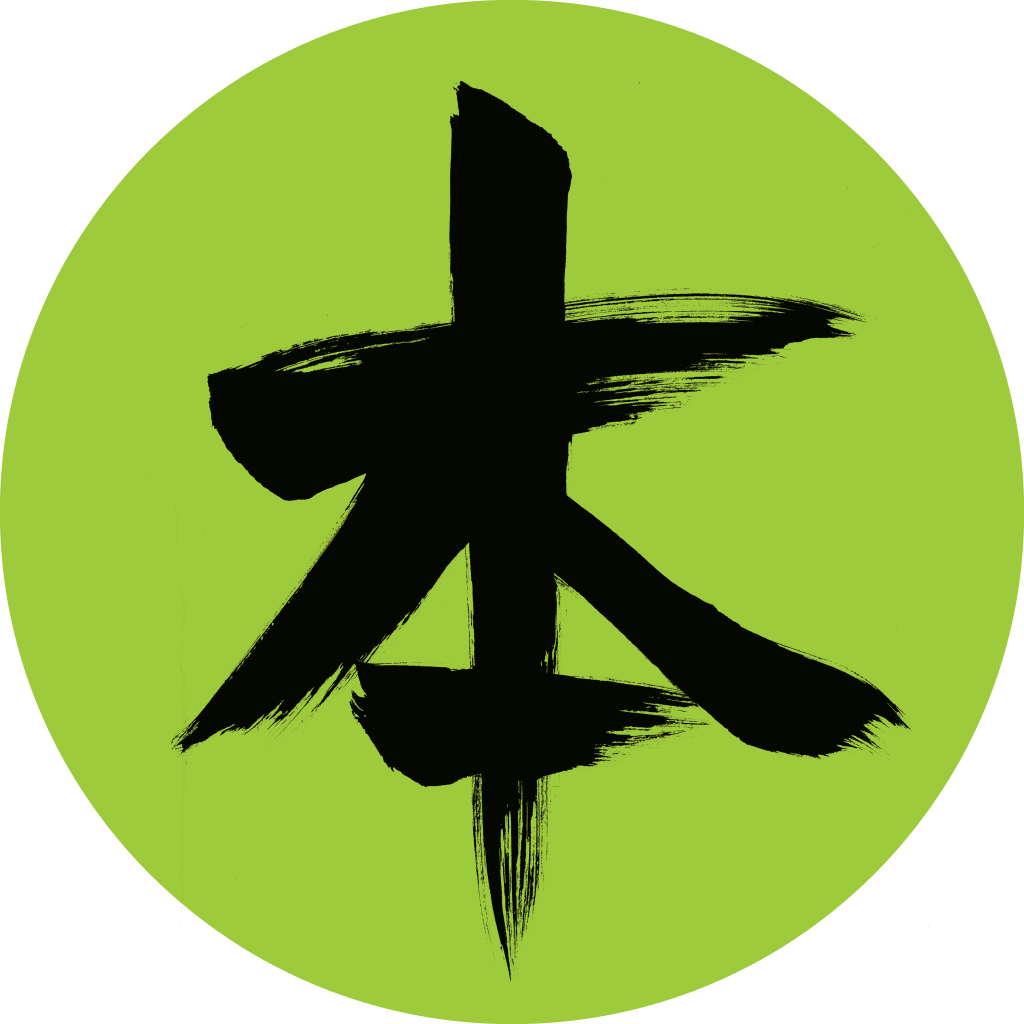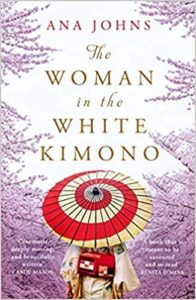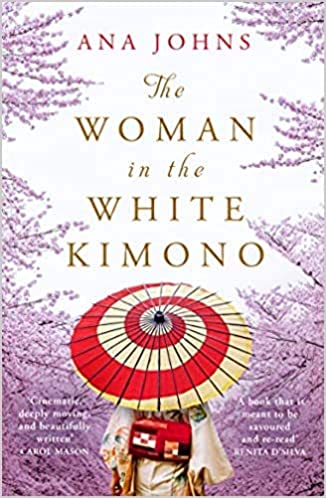Review by Renae Lucas-Hall
Set in both the present day and the 1950s, Ana Johns’s compelling debut novel with well-developed characters will appeal to readers who enjoy light commercial fiction. Naoko, a young Japanese girl, falls in love with an American sailor much to her parents’ disapproval. When her family discovers she’s pregnant the story takes on a much more serious tone, disentangling a plot that is truly shocking. Years later, Tori, the American daughter of the sailor, learns from her dying father that she’s connected to Japan in ways she never expected so this protagonist travels to Tokyo to learn more about her family’s history. The two timelines fuse together when Tori unravels the past, making emotional connections that keep the reader riveted.
Johns is an accomplished writer and it’s easy to see why this book is so popular. But if the reader is familiar with Japanese society, history, language and customs they’ll notice some chapters sweep over important and deeper issues. There’s also a problem with the dialogue. The Japanese characters’ speech is continuously punctuated with well-known Japanese proverbs making them appear wise and profound but most Japanese people don’t speak like this.
This book is loosely based on a true story and Johns’ own family and it’s a hell of a ride but Naoko’s character comes across as naïve and her actions sometimes appear improbable. Would a young Japanese lady from a good family really be so willing to give up her privileged lifestyle to live amongst the burakumin outcasts, even for love? Would she have been so quickly accepted by those who were considered the lowest level of the Japanese social system? Would a Shinto wedding have been financially possible for her, considering the choices she makes?
The fact The Eugenic Protection Law is mentioned in the ‘Author’s Note,’ but not explored in more detail, gives the writing less traction and makes light of the situation in Japan in the 1950s. This may have been deliberate on the part of the author and the publisher; the truth would have watered down the romance. The book fully covers the topic of abortion but skims over society’s opinion of “blood-mixing”. It was a hot topic in those days and the prohibition of American men marrying Japanese women as part of this Eugenic Law was a subject on everyone’s lips, including the press, teachers, and social activists. If it had been examined in more detail, it could have deepened Naoko’s character and the story would have been more authentic.
The writing style and characterization are on the most part excellent and a joy to read:
“He would trust Grandmother, as a woman, to know best. She has created a lie with more than feet; it has sprouted scandalous wings and flown beyond my forgiving reach. To imagine, my father knows otherwise is the foot of a lighthouse. Dark.” (pg. 208)
The birth scene is also very touching and beautifully written. The Japanese culture and language take decades to decipher so Johns has done a remarkable job as a novice to write this book.
Overall, this story is well-worth reading. Johns’ command of the English language proves she’ll continue to be a successful writer and a rising star in the world of commercial fiction.


